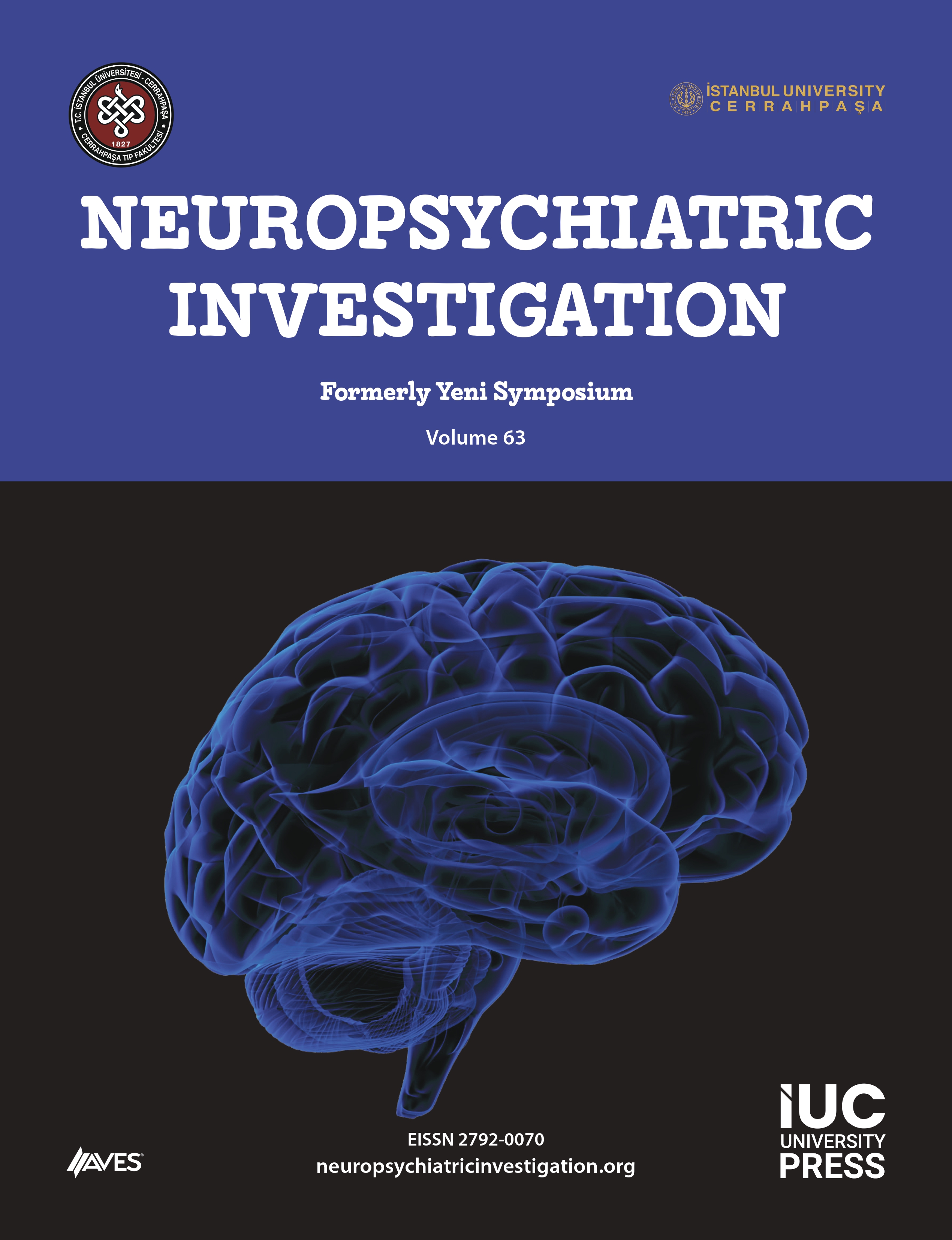Objective: The time spent on social media and smartphones by children and adolescents has increased in recent times. The problematic use of social media can be the cause or result of many problems such as depression, anxiety disorder, academic failure, and social phobia. Despite its close relationship with psychopathologies, the problematic use of social media is often not evaluated during a psychiatric interview. In this study, we aimed to evaluate the quality of life and psychiatric comorbidities in adolescents with social media addiction.
Methods: This study included 30 adolescents who received a score of 5 or higher from the Social Media Addiction Scale for Adolescents-Short Form. The Quality of Life Scale for Children was applied to adolescents and their parents in both the groups. In the analysis of the data, number, percentage, mean, standard deviation, Mann–Whitney U test, and Spearman’s correlation test were used in the Statistical Package for the Social Sciences version 20.0 program.
Results: The mean ages of the adolescents with social media addiction and control group were 13.5 ± 1.8 and 13.4 ± 1.73 years, respectively. When the adolescents with and without social media addiction were compared in terms of quality of life, physical health, psychosocial, and total scores, there were significant differences according to both parental and self-reports (P < .05). Psychiatric diagnoses were also found higher in adolescents with social media addiction (P < .001).
Conclusion: Our research can be a guide for identifying the risks and problems that may arise from problematic social media use and for the preventive and treatment medicine studies in this field.
Cite this article as: Hamidi F, Tahıllıoğlu A, Bilaç Ö, Önder A. Evaluation of quality of life and psychiatric comorbidity in adolescents with social media addiction. Neuropsychiatr Invest. 2021;59(2):31-37.




.png)